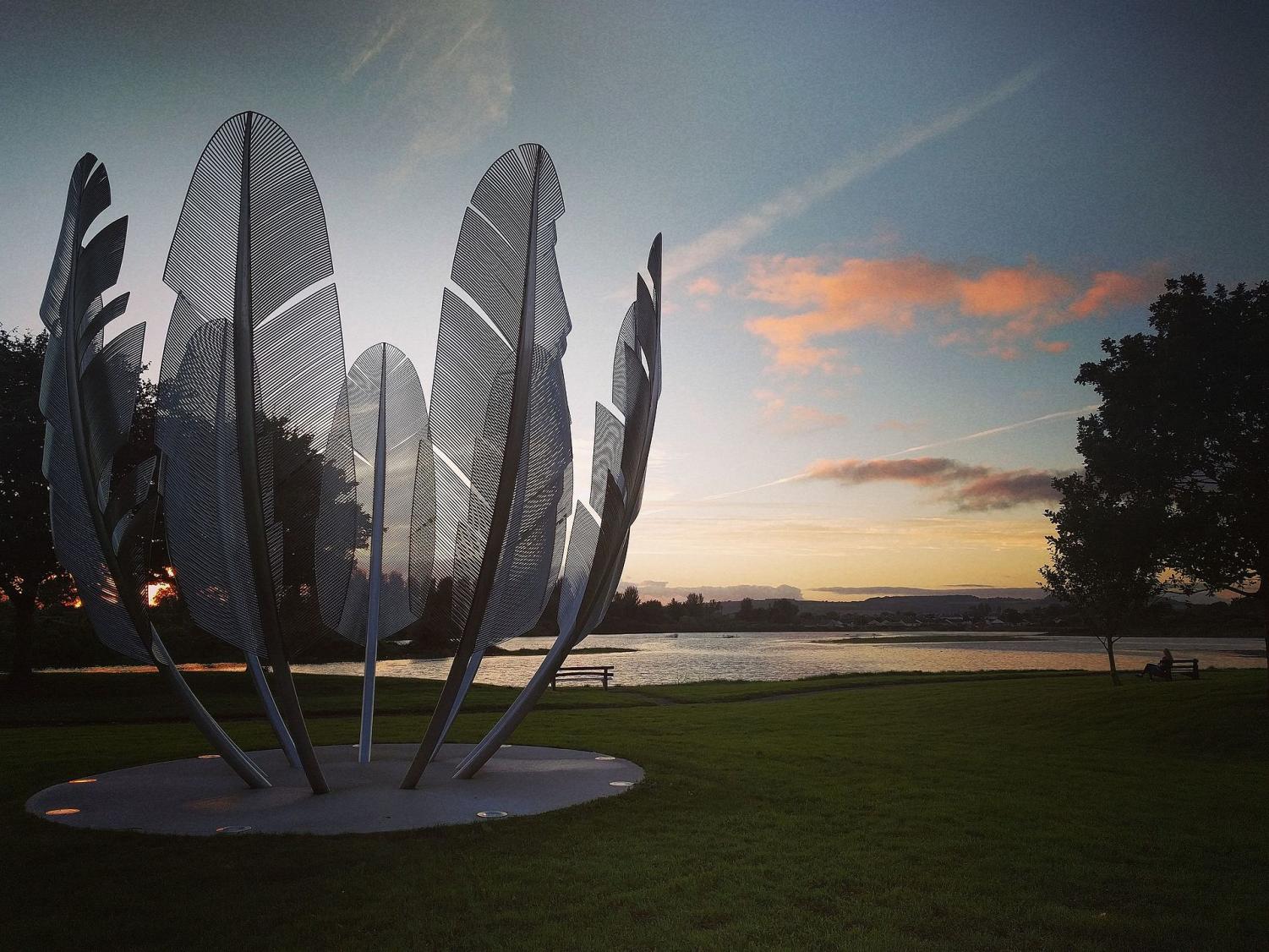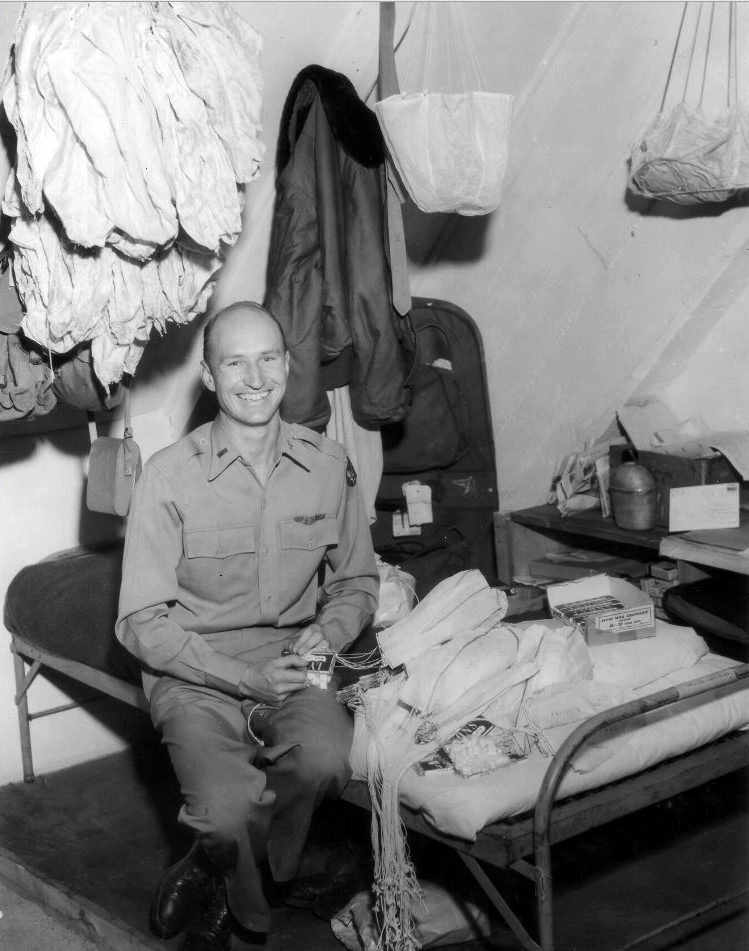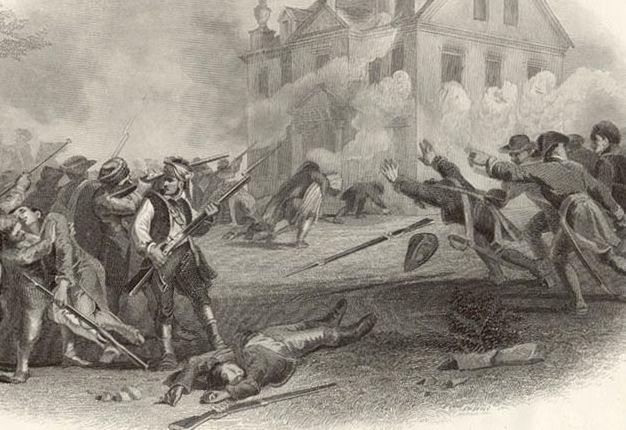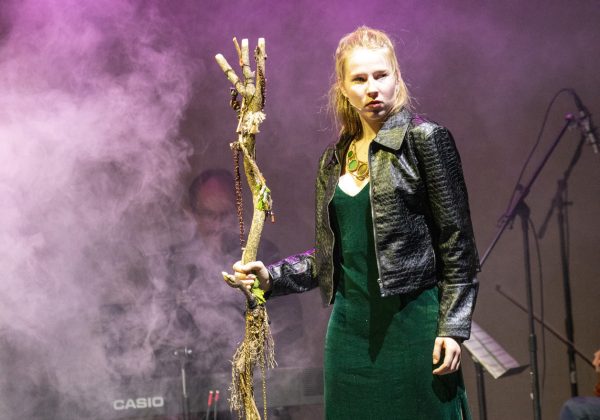Three Pieces of Wholesome History
It can be all too easy to focus on the negative, especially in times like these. Yet we should often remember that the deepest, darkest hours bring out the best in humanity. Here are just three examples:

Kindred Spirits, a sculpture in Midleton, Ireland, commemorates the Choctaw Nation’s 1847 relief donation to Ireland.
The Choctaw Nation and Ireland: “It ain’t much, but it’s honest work”
In 1847, Ireland was in the midst of its infamous Potato Famine, an event that dropped 25% of the island’s population. In their trying times, an unlikely, empathetic friend of the Irish was found in the Choctaw Nation. The Choctaw had been the first Indian tribe forcibly removed by the Jackson Administration in the notorious Trail of Tears. Of the 20,000 Choctaw who had embarked on the trek from Mississippi to Oklahoma, an estimated 4,000 of them died from hunger, the elements, and disease.
In spite of the tremendous hardships and daily struggles in the years following its resettlement, when news of the famine reached the tribe, the Choctaw Nation gathered to create a relief fund for “the starving poor in Ireland.” In an act of pure charity, they collected $170, which they sent as a relief fund to the Irish for food and blankets. In today’s money, the Choctaw raised just short of $5,500.
To pay their kindness forward, not only were Choctaw students offered scholarships to study in Ireland, but in 2017, the people of County Cork commissioned the sculpture Kindred Spirits to commemorate the Choctaw generosity during their greatest time of need.

Halvorsen started by making the parachutes himself, but eventually major corporations joined his cause.
Gail Halverson: the Man Who “Bombed” German Children…with Candy
In 1948, the Soviet Union cut off all supply to the western half of Berlin in an attempt to force French, British, and American troops out. In response, the Allies undertook the Herculean effort of supplying the city entirely by air, delivering the necessary 5,000 tons of food and fuel every day in the Berlin Airlift.
During this period, U.S. airlift pilot Gail Halverson passed a group of children by the protective fence around Tempelhof Airport. The children thanked him profusely for his efforts, and Halverson, touched, gave the children two sticks of Wrigley Double-Mint gum. The children broke them into tiny pieces to share, and those who didn’t get a piece were given the wrappers to smell.
At the sight of this, Halverson promised the children that he would have enough gum for them next time. With his ration card, Halverson bought all the gum, chocolate, and candy he could in the mess hall and convinced his copilot and engineer to do the same. He then spent his time making small parachutes for the candies so that they could safely be dropped out of his plane. Upon approach to the airfield and the awaiting children, he wiggled his plane’s wings and had his engineer parachute the candy out of the back to the delight of the children below. He continued these weekly candy drops for another three weeks. Every week, the crowd of cheering kids grew bigger.
Having heard of Halverson’s efforts, Lieutenant General William H. Tunner, the man overseeing the Berlin Airlift, called Halverson in to tell him that the Air Force planned to expand his sweet gesture into a full-blown operation. When news reached the United States, citizens and candymakers began donating so much candy that Halverson couldn’t manage all the drops. The National Confectioners Association took over the parachute making, and more and more pilots lent their aid to Halverson. By the airlift’s end in 1949, an estimated 20 tons of candy and 250,000 parachutes had been dropped by the U.S. Air Force’s “Rosinenbomber,” or “raisin bombers.” Halverson became affectionately known as “Uncle Wiggly Wings,” “The Gum Drop Kid,” and “The Chocolate Uncle” to the many children he delighted.

General Washington stopped the Battle of Germantown to return General Howe’s terrier.
Battle of Germantown: “Don’t fire until you see…that this good boy gets back to his owner”
In the fall of 1777, the British Army under General William Howe had captured the city of Philadelphia, George Washington’s planned winter quarters as well as the capital of the United States at the time. That winter, the Continental Army would have to encamp in the desolate Valley Forge, while the British Army stayed warm and cozy.
After losing Philadelphia, Washington counterattacked Howe at Germantown. The Continental Army launched assault after assault, causing terrible casualties and a massive friendly-fire incident in the American retreat through a patch of fog.
During this disastrous battle, a small terrier was spotted running in between the lines, and was taken in by the American troops. Looking at the collar, the Americans quickly realized that they had just captured General William Howe’s own dog, who had somehow run loose during the chaos of the battle. The terrier was then brought to Washington with the recommendation that he hold it as a prize to dampen British morale. Washington, a prolific hound breeder who absolutely loved dogs, thought otherwise.
As a show of gentlemanly character, Washington fed, washed, then brushed the terrier, and called a ceasefire. Under the flag of truce, one of Washington’s aides crossed the battlefield and presented General William Howe with his dog before returning to the American lines and resuming battle.
Professionals have standards.
BONUS: a shout-out to the first person to email [email protected] with the name of the 1778 fête thrown in General William Howe’s honor in Philadelphia.





